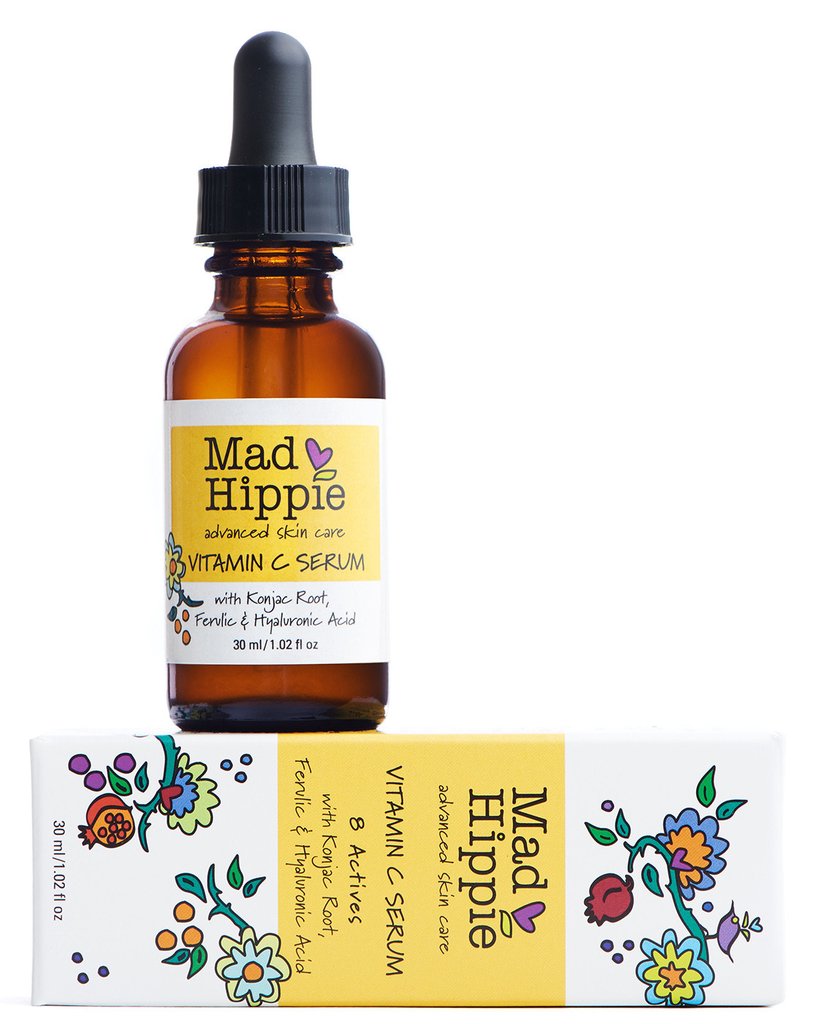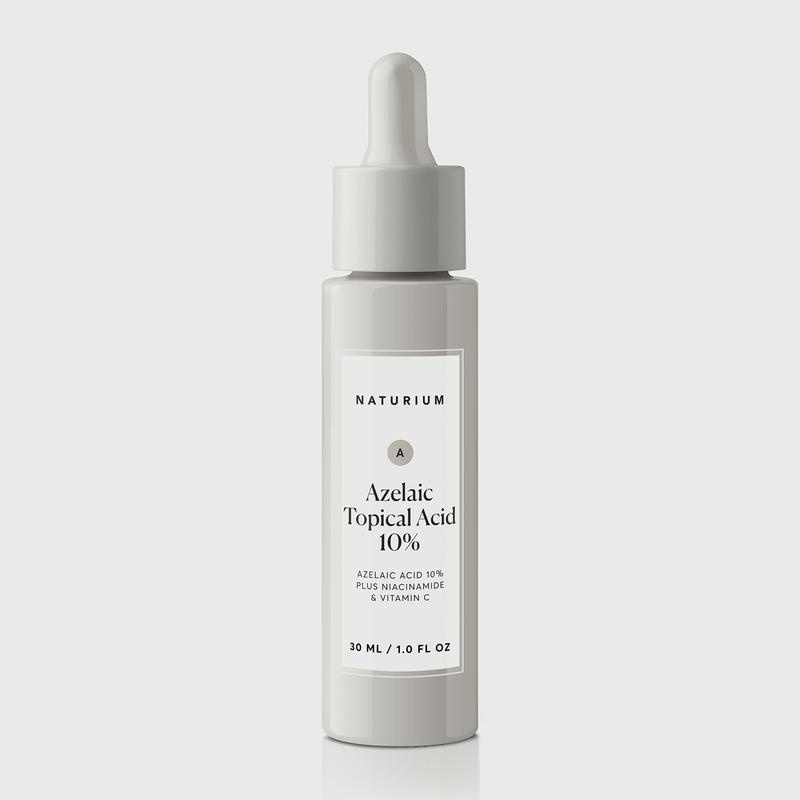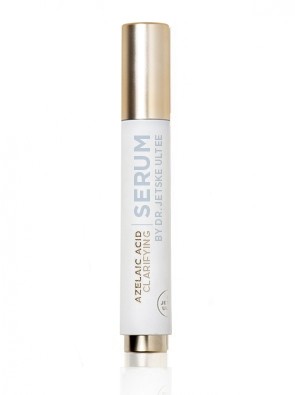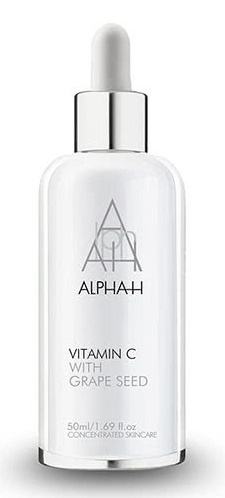How to read an ingredient list?
If you love to read ingredient lists or have doubts about them, this guide is for you! What makes a trustworthy, correct ingredient list? What is the information you can decode from it? What are the limitations of ingredient lists? How to spot shady, incorrect ingredient lists?
Read on to become an ingredient list pro!
First: what does INCI stand for? What is the INCI name of an ingredient?
INCI stands for International Nomenclature of Cosmetic Ingredients. It is a huge list of standardised names for cosmetic ingredients published by the Personal Care Products Council. For example, the INCI name of argan oil is argania spinosa kernel oil, or the INCI name of table salt (yes, it is a common ingredient in cosmetic products) is sodium chloride.
How should an ingredient list look like (at least in the EU & US)?
Regulations are different from region to region and there are many details and nuances to them, but the two very basic rules in the EU, US and most other parts for the world are these:
Basic rule no 1: The ingredient list uses INCI nomenclature on its ingredient list
It sounds like a simple rule but we are shocked to see how many products uploaded to INCIDecoder do not follow it. We will detail the common problems with examples in the next section, but for now this is how a correct ingredient list looks like:
Basic rule nr 2: Ingredients are listed in descending order of weight up to the 1% mark
The product contains most from the first ingredient, the second most from the second etc. up to the 1% mark. After the 1% mark, companies can list ingredients in any order they like. They typically move good sounding ingredients up and not-so-good sounding ingredients down, but that is a legal and ok thing to do.
There are some notable exceptions worth knowing about when it comes to the order of the ingredients:
Products regulated as Over-The-Counter products by the FDA (Food & Drug Administration in the US, the agency that regulates cosmetics and drugs). For example, sunscreens or certain acne-treatment products. OTC products list the active ingredients first with their exact amounts, then the "inactive" ingredients. Here is an example sunscreen and an example benzoyl peroxide acne treatment.
The ingredient list of an OTC product in the US [source]
Creams, gels, ointments that are regulated as medicine and are sold in pharmacies list ingredients differently than cosmetic products. They usually separate active and inactive ingredients and do not use the INCI nomenclature but the Pharmacopeia nomenclature of their region. Inactive ingredients are also not listed in descending order of weight.
The ingredient list of an Rx medicine [source]
As strange as it sounds, Australian sunscreens do not have to list out their full ingredient list, only the UV filters and the preservatives. This rule is beyond us, as there is literally no way to know what is in an Australian sunscreen, but apparently this is the regulation there. Labmuffin has a more detailed post on this, if you are interested.
The (not-complete) ingredient list of an Australian sunscreen [source]
We do not have exact knowledge of South-Korean regulations (if you do, please write us an email at hello@incidecoder.com, we are more than happy to update this section!), but we have seen several examples that prove that regulations on the order of ingredients in Korea is different from regulations in the EU & US. This often results in K-beauty products listing "good sounding" ingredients way sooner in their ingredient lists than it would be listed in the EU/US. A very good example is the Krave Beauty Oat So Simple Cream where the US ingredient list has Oat in the 9th position out of 10, while the Korean ingredient list has it in the very first position. It seems that an ingredient-in-water-solution can somehow count as one ingredient in Korea, while this is not the case in the EU/US. Here is a great article on this topic by Tracy from Fancervice-d.
| 귀리가루추출물 (790,000ppm), 부틸렌글라이콜, 카프릴릭/카프릭트라이글리세라이드, 스쿠알란, 1,2-헥산다이올, 베헤닐알코올, 암모늄아크릴로일다이메틸타우레이트/브이피코폴리머, 에틸헥실글리세린 | Water, Butylene Glycol, Caprylic/Capric Triglyceride, Squalane, 1,2-Hexanediol, Behenyl Alcohol, Ammonium Acryloyldimethyltaurate/VP Copolymer, Avena Sativa (Oat) Meal Extract, Ethylhexylglycerin |
Left: ingredient list of Krave moisturiser from the Korean website with Oat Flour Extract as the first ingredient (with amount is 790 000 ppm, about 79%) vs Right: the ingredient list of the same product from the US website
How to spot shady, incorrect ingredient lists?
We will say this: we are shocked to see the amount of incorrect ingredient lists uploaded to our site. Sometimes it is just a small, honest mistake that can happen to everyone. We are not talking about that. We are talking about ingredient lists that show a total lack of understanding or disregard of how a correct ingredient list looks like.
If you see an ingredient list that resembles the examples below, we recommend you to run the other way! If a company cannot bother to put out a correct ingredient list why shall we trust their formulas?
We are working on a warning system for our site so that it becomes easier to spot shady ingredient lists, like in the examples below:
It might sound benign, but is "vitamin E" really tocopherol, or tocopheryl acetate? What kind of rose is it? There are several used in cosmetics. Common names often do not have the precision INCI nomenclature has and requires.
[source]
Trade names are phantasy names given by manufacturers to their ingredients.Sometimes it denotes only one ingredient, but more often, it is a whole list of ingredients. For example, Matrixyl 3000 is a trade name we see listed often, while the INCI listing of Matrixyl 3000 is Glycerin, Aqua, Butylene Glycol, Carbomer, Polysorbate 20, Palmitoyl Tripeptide-1,Palmitoyl Tetrapeptide-7. In a correct ingredient list, you should never see trade names. Trade names have to be “resolved” to their components, and then the components put in correct order based on their amount.
Note: our site tries to help you with trade names as well, and we put the INCI list of recognised trade names in parenthesis on ingredient lists.
[source]
Saying things such as organic, wild crafted, cold pressed, infused with etc. are all marketing driven adjectives that are not part of the INCI nomenclature and should not be on the ingredient list. The correct way is to note these ingredients with asterisks and explain this in a comment under the ingredient list.
[source]
These denote whole groups of possible ingredients and are not according to the INCI nomenclature.
[source]
A correct ingredient list does not contain duplicate ingredients. They often come from not resolving trade names correctly, and it is always a warning sign.
[source]
There are more and less obvious cases for this and it is not always easy to spot, but for example, if Hyaluronic Acid (or any other water soluble polymer for that matter) is before water, you can be sure there is a problem.
[source]
If you do not see any "helper ingredients" such as preservatives, emulsifiers, solvents etc., but only nice sounding things, it is not a complete ingredient list. We see many brands listing only the good-sounding stuff under its ingredients section and not making it clear that it is not a full ingredient list. And sometimes the full list is nowhere to be found.
[source]
This can also be a bit harder to spot, and requires some knowledge of the active ingredient in question, but for example if you see a retinol claim above 1%, you can be sure there is something strange going on.
So, what can you tell from an ingredient list?
Let's assume, the ingredient list looks good and trustworthy. What can you decode from it?
Because you are allergic or sensitive to some ingredients. Or it is your personal preference to avoid something for whatever reason, e.g. you do not like the feel of silicones in a moisturiser. The ingredient list helps.
Have you noticed that your skin loves moisturisers that have glycerin high up in their ingredient lists? Or that you love the emollient squalane, but not silicones? You can check all these very easily on the ingredient list and make smarter purchase decisions.
Or you might have noticed that your skin reacts well with chemical sunscreens with certain types of UV filters and not well to others. Our site lists out in the highlight section all the UV filters at one place so you can check easily.
Highlights
Key Ingredients
A sunscreen that uses only new-generation chemical filters
You can do the same for cleansers. If you already have experience with a few, and have noticed your skin does well with certain surfactants (aka cleansing agents) you can go ahead and check the surfactants in our highlight section (expand show all ingredients by function). Or search our site for cleansers with the same type of surfactants using our detailed search.
Advanced Product Search Based on Ingredients
You cannot know the exact effectiveness of a product from the ingredient list (see our next section), but if you are looking for an anti-acne product that has no research-proven anti-acne active ingredient in it, there is a very slim chance that it will work. Some companies use their own "miracle-actives", but relying on those instead of researched-proven actives is like playing the lottery - there is a theoretical chance of winning, but it is really-really improbable. The same is true for anti-aging products. The miracle plant extract from Amazonia has an extremely slim chance of doing miracles for your collagen production.
Does the Vitamin C serum really contain pure Vitamin C (Ascorbic Acid) or a derivative? More often than not it is a derivative, still just called "Vitamin C Serum" so please check the ingredient list! Does the azelaic acid product really have azelaic acid, or maybe the water-soluble derivative called Potassium Azeloyl Diglycinate?



Or let us not get started on the topic of retinol products. Is it really retinol or another form of retinoid? We see retinol products that are confusing even to the pro-s, but if you carefully look at the ingredient list, you can tell a lot. It is a pet peeve of ours and we did a few detailed posts on this on our Instagram such as a post on the famous Shani Darden retinoid product (claiming 5% "retinol"), the difference between Drunk Elephant 1% retinol vs Sunday Riley A+ claiming 6.5% "retinoid" content and the Inkey List retinol that claimed 1% "stabilised retinol" that only contained 0.05% in the reality (we are happy to see that this claim is now fixed).
What are the limitations of an ingredient list? Things you cannot tell
As useful as the ingredient lists are, the rumors that you cannot know everything from them are true. Here are some notable limitations:
Before we dive into plant extracts, another good examples are polymers, big molecules created from repeating subunits. Polymers exist in different molecular weight versions (think of a pearl necklace, it can be short or long), and even though the INCI name is the same no matter the molecular weight, the properties of the ingredient can vary a lot. For example, the famous hyaluronic acid is a good example, or dimethicone is another common one.
And now let’s talk about the plant extracts! We feel that this issue is not talked about enough and not well known even among those who are otherwise well-versed in evidence based skincare.
So here it is: plant extracts and especially percentage claims on plant extracts are impossible to interpret and do not mean anything unless it is a standardised plant extract.
We hear your question: what the heck is a standardised plant extract?
Let us explain! Plant extracts are mixtures of many kinds of molecules, for example Gotu Kola, aka Centella Extract contains several molecules, some of them more biologically active than others. The main active molecules in it are called asiaticoside, madecassoside, asiatic and madecassic acid.
But unless a company buys and uses a Centella Asiatica Extract that is "standardised" to these active compounds, i. e. the manufacturer guarantees that the extract they product always contains at least 70% of these four active compounds, seeing Centella Asiatica Extract on the ingredient list does not mean much.
For example, if you see a claim such as "80% Centella Asiatica Extract" it means very little - it is water in which a centella plant was soaked for a few days and who knows if it really has any active components or not. We would choose a product with 0.1% madecassoside any day over a product with 80% Centella Asiatica Extract.
Can you know from the ingredient list the quality of the plant extract? Unfortunately, you cannot. Does this mean that plant extracts are useless? It does not. There are certainly many awesome plant extracts, and especially high-quality, standardised plant extracts are great and effective active ingredients. We just wanted you to understand that “80% of random fancy sounding plant extract” claims mean very little, and it is not the same information as percentage claims on well-established synthetic molecules (think retinol, niacinamide or acids).
BTW, if you read our ingredient descriptions, we try to explain these nuances there, but luckily, these are the exceptions rather than the rule.
There are ingredients that can come from animal or vegan sources, or ingredients that can come from synthetic or natural sources. Or an ingredient can be sustainably sourced or not. The molecule itself and its effect on your skin is the same, no matter the origin. But if you would like to know this kind of extra information, you have to ask the manufacturer.
It is true, you have to try to know how it feels on your skin. But, you can often make rough estimations: if you see a moisturiser that uses silicones as emollients, you can expect a "silicony" feel and you will probably be right.
You can often make educated guesses (and knowing the main actives and their amounts can help), but details like stabilisation of an unstable molecule, delivery system and formulation matter. So, unfortunately, you cannot decode the exact effectiveness of the product just from the ingredient list. What you can decode is when a product has no realistic chance of doing what it claims based on the ingredient list.
So is it worth looking at the ingredient list at all?
There are limitations, yes. Formulation matters, yes. It is true that if Gordon Ramsey cooks a salmon it will taste better than the salmon we cook at home. But does that mean that it is not even worth bothering to look if we will eat a salmon or a steak? We certainly like to know it in advance!
The truth is, of course, in between. We have never met a single cosmetic formulator colleague who does not start by looking at the ingredient list when a discussion about a product comes up. The ingredient list does tell you a wealth of useful information if you know what to look for. And we try really hard here on INCIDecoder to help you with that!
If you are still here, thank you! We hope you will have a lot of fun decoding ingredient lists!






